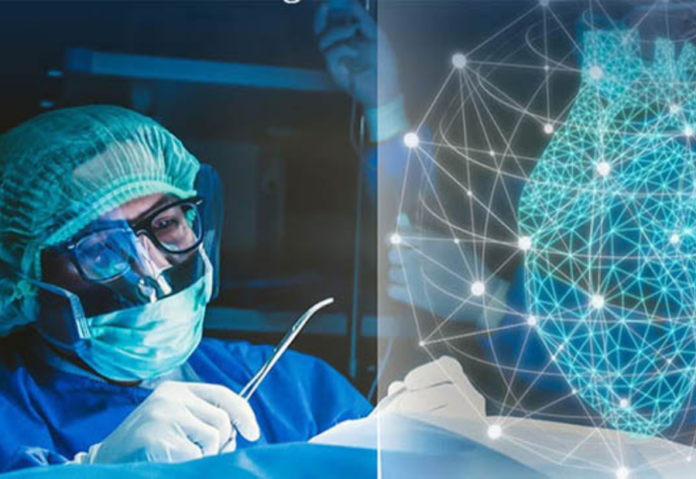The method leverages artificial intelligence to translate between frozen sections and the gold-standard approach
To help make real-time diagnoses during surgery, an artificial intelligence tool has been developed, improving the quality of images to increase the accuracy of rapid diagnostics, a new study has shown.
According to the study published in Nature Biomedical Engineering, the method leverages artificial intelligence to translate between frozen sections and the gold-standard approach.
“We are using the power of artificial intelligence to address an age-old problem at the intersection of surgery and pathology,” said the corresponding author of the study Faisal Mahmood, PhD, of the Division of Computational Pathology at US-based Brigham and Women’s Hospital.
“Making a rapid diagnosis from frozen tissuae samples is challenging and requires specialised training, but this kind of diagnosis is a critical step in caring for patients during surgery,” he added.
Pathologists use formalin-fixed and paraffin-embedded (FFPE) tissue samples to make final diagnoses – this method preserves tissue in a way that produces high-quality images but is labour-intensive and can take several days, according to the study.
Mahmood and co-authors developed a deep-learning model that can be used to translate between frozen sections and more commonly used FFPE tissue.
As a result of their research, the team demonstrated that the method can subtype different types of cancer, including gliomas and non-small-cell lung tumours.
Moreover, to confirm and validate the artificial intelligence method in real-world hospital settings in terms of diagnostic accuracy and surgical decision-making, the authors note that prospective clinical studies should be conducted in the future.
“Our work shows that AI has the potential to make a time-sensitive, critical diagnosis easier and more accessible to pathologists,” said Mahmood.
“And it could potentially be applied to any type of cancer surgery. It opens up many possibilities for improving diagnosis and patient care,” Mahmood added.
Also read: Technology is changing, or, let’s say, upgrading, within no time
Do Follow: CIO News LinkedIn Account | CIO News Facebook | CIO News Youtube | CIO News Twitter
About us:
CIO News, a proprietary of Mercadeo, produces award-winning content and resources for IT leaders across any industry through print articles and recorded video interviews on topics in the technology sector such as Digital Transformation, Artificial Intelligence (AI), Machine Learning (ML), Cloud, Robotics, Cyber-security, Data, Analytics, SOC, SASE, among other technology topics






